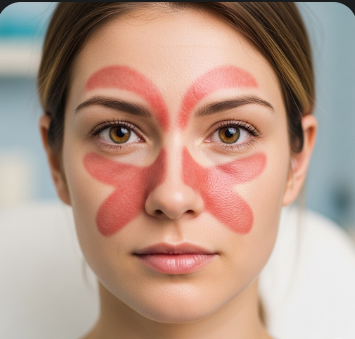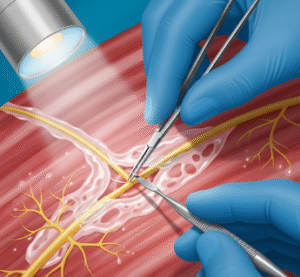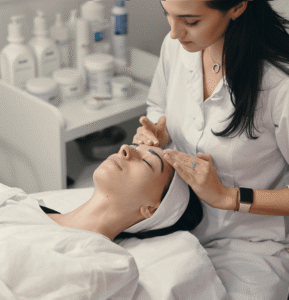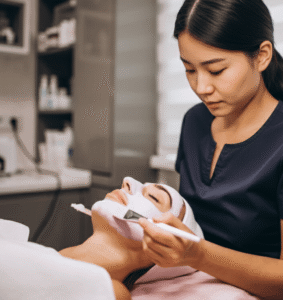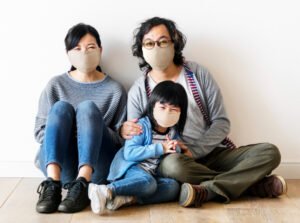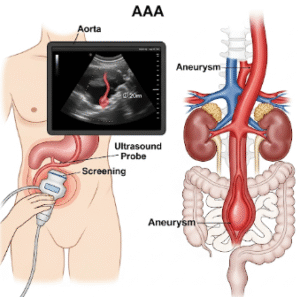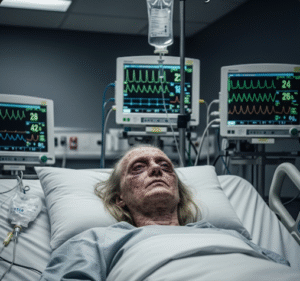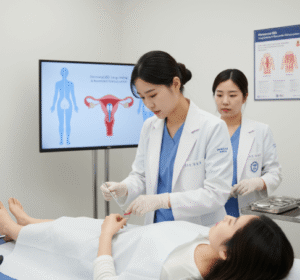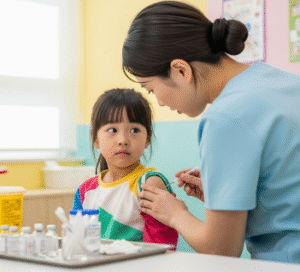Overview
A Butterfly Rash, also known as a Malar Rash, is a distinctive facial rash that appears across the cheeks and bridge of the nose, resembling the shape of a butterfly. This type of rash is commonly associated with autoimmune disorders, particularly systemic lupus erythematosus (SLE), though it can also appear in other conditions.
In South Korea, dermatology and rheumatology clinics provide specialized evaluation, diagnosis, and treatment for patients with malar rashes, helping manage both skin symptoms and underlying autoimmune conditions.
Key Facts
Highlights:
➡️ The Butterfly Rash typically appears as red or purplish blotches across the cheeks and nose.
➡️ It is often associated with autoimmune diseases, most notably systemic lupus erythematosus.
➡️ Triggers include sun exposure, stress, and hormonal changes.
➡️ Other associated symptoms may include fatigue, joint pain, and fever.
➡️ South Korea provides advanced dermatological and rheumatological care for accurate diagnosis and comprehensive management.
What is a Butterfly (Malar) Rash?
A Butterfly Rash is a facial skin manifestation characterized by:
- Red or purplish discoloration across both cheeks and the bridge of the nose
- Flat or slightly raised patches
- Absence of rash on the nasolabial folds (area beside the nose)
- Photosensitivity, meaning it worsens with sun exposure
- May be intermittent or persistent, depending on the underlying condition
This rash is a hallmark sign of certain autoimmune conditions, but not exclusive to lupus. Early recognition is crucial for proper evaluation and treatment.
What Symptoms are Related to Butterfly Rash?
Symptoms associated with malar rash often include:
- Facial redness and flushing
- Mild itching or burning sensation
- Sensitivity to sunlight (photosensitivity)
- Accompanying systemic symptoms, such as:
- Fatigue
- Fever
- Joint pain or swelling
- Hair loss or oral ulcers
- Intermittent flare-ups, especially during autoimmune disease exacerbations
Highlights:
➡️ The rash is usually symmetrical across both cheeks and nose.
➡️ It may coincide with systemic symptoms indicating an underlying autoimmune disorder.
What Causes / Possible Causes of Butterfly Rash?
Highlights:
➡️ Systemic Lupus Erythematosus (SLE): The most common cause, where immune system attacks healthy tissue.
➡️ Dermatomyositis: An inflammatory disease affecting skin and muscles.
➡️ Rosacea: A chronic skin condition that can cause facial redness resembling a butterfly shape.
➡️ Drug Reactions or Allergies: Certain medications may trigger facial rashes.
➡️ Sun Exposure: Ultraviolet radiation can exacerbate photosensitive rashes.
➡️ Genetic Predisposition: Autoimmune tendencies run in families, increasing susceptibility.
➡️ Hormonal Factors: Hormonal fluctuations can trigger flare-ups in some individuals.
➡️ Mechanism: The rash results from immune-mediated inflammation, blood vessel changes, or skin sensitivity, leading to characteristic facial redness.
When Should I See My Doctor?
Highlights:
➡️ If the rash is persistent or recurrent, particularly on the cheeks and nose.
➡️ If accompanied by joint pain, fatigue, or fever, suggesting systemic involvement.
➡️ If rash worsens after sun exposure despite protective measures.
➡️ For early diagnosis of autoimmune conditions, which allows timely management and reduces complications.
➡️ Prompt medical evaluation ensures appropriate treatment and monitoring for systemic effects.
Care and Treatment
Management of Butterfly Rash focuses on symptom relief and addressing underlying autoimmune conditions:
Highlights:
➡️ Medical Treatment:
- Topical corticosteroids or calcineurin inhibitors to reduce inflammation
- Immunosuppressive medications for systemic autoimmune conditions
- Antimalarial drugs (e.g., hydroxychloroquine) for lupus-related rashes
➡️ Lifestyle Modifications:
- Sun protection with broad-spectrum sunscreen
- Wearing protective clothing and hats outdoors
- Avoiding known triggers such as stress or certain medications
➡️ Monitoring and Regular Checkups:
- Routine dermatology and rheumatology evaluations
- Blood tests to monitor autoimmune activity and organ involvement
➡️ Symptomatic Relief: Cool compresses, gentle moisturizers, and avoiding harsh skin products
➡️ Patient Education: Awareness of flare triggers, early warning signs, and adherence to treatment plans
Treatment Options in Korea
South Korea provides comprehensive care for patients with Butterfly Rash:
Highlights:
➡️ Dermatology Clinics: Diagnosis, topical treatments, and flare management.
➡️ Rheumatology Centers: Assessment and treatment of systemic lupus or other autoimmune diseases.
➡️ Advanced Imaging and Laboratory Testing: Blood tests, autoimmune panels, and skin biopsies if needed.
➡️ Integrated Care Programs: Coordination between dermatologists, rheumatologists, and primary care physicians.
➡️ Lifestyle and Education Support: Sun protection education, stress management, and monitoring strategies.
➡️ Medical Tourism Support: Multilingual consultations, diagnostic services, and follow-up care for international patients.

